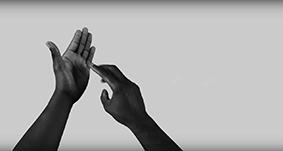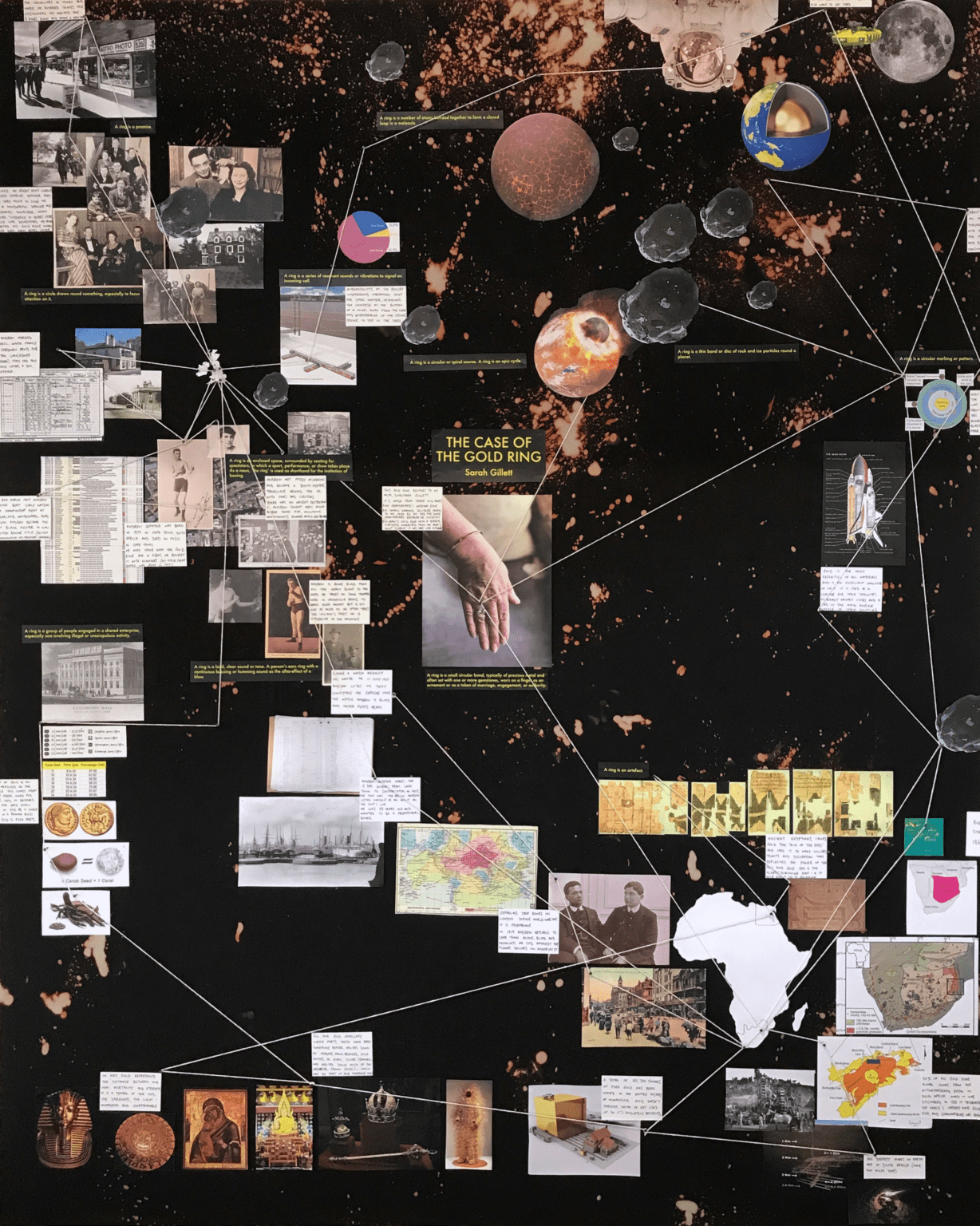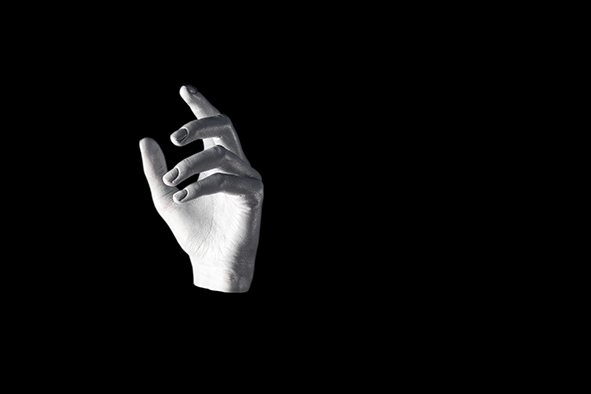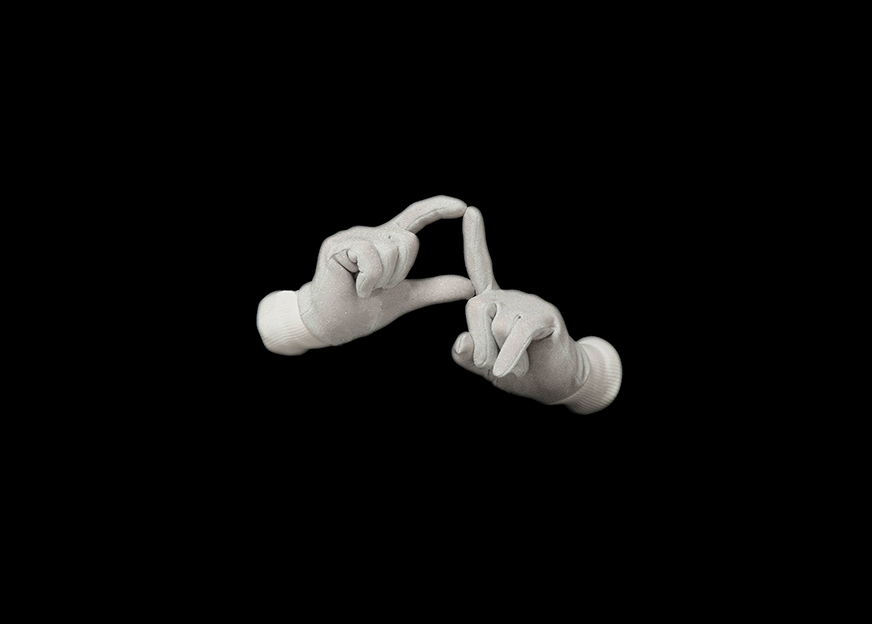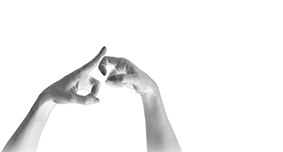Onto the galaxy she plotted journeys, lives and positions. Like most maps, it was not to scale, the vastness of the forgotten, the missing, the dark so huge that she had to swallow it down inside her before she became too terrified to move. Still, each story had remnants that she could relate to. She carefully labelled the precious fragments chronologically, adding details of their time and place. She connected the pieces with string, twisting it around nails, stretching it tightly across distances. She imagined the string of a thousand skeins, intersecting occasionally in a moment of collision, but mostly trailing off alone into the nothingness of the rafters.
There was the still-to-happen NASA Resource Prospector Mission to the Moon, the first mining expedition on another world.
There was The Ring of the London Metal Exchange in 2017, clearing around £14 billion of gold every day.
There were the astrophysicists in the Boulby Underground Laboratory, hunting for dark matter at the bottom of a mine in 2016. Trying to see the invisible.
There was the jeweller in Blackburn in 1998, melting down three rings to make one for Dorothea Gillett. Two diamond stars forever held apart in a gold loop.
There were the doomed lovers, Clarice and Charles, whirling around Blackpool Tower Ballroom in the 1950s. A glamorous couple.
There was the welterweight boxer, Andrew Jephtha, the first black fighter to win a British boxing title. Crossing the sea from Cape Town to Southampton in 1902 and back again in 1919, blinded from the blows in the ring.
There was the Witwatersrand Basin in South Africa, the world’s largest known gold reserves discovered in 1886. There were the Zama Zama, the illegal miners living in abandoned shafts and tunnels over 2 miles deep.
There were the crown jewels, melted down by Oliver Cromwell in 1649.
There were the Egyptian dwarf goldsmiths, working the ‘skin of the gods’ to reflect the power of the sun. Three metres of the oldest surviving map from 1160 BC, drawing a route from the River Nile to the goldmines.
There was the meteorite that hit Johannesburg 2.2 million years ago, the largest meteor impact to leave its imprint on the earth’s geology. The crater is 186 miles wide.
There was the late heavy bombardment of meteorites 3.8 billion years ago, bringing gold to Earth’s crust.
There was the Mars-sized meteorite that struck Earth with such force 4.5 billion years ago, that part of the planet was torn away and became the Moon.
There, long ago and far away, were the neutron stars drawn into each other’s orbits, colliding. Atoms fusing and new elements forming. Gold spewed far and wide across the universe. Folded into the newly forming Earth and sinking deep, deep down into the core.
A black hole where the stars had been.
